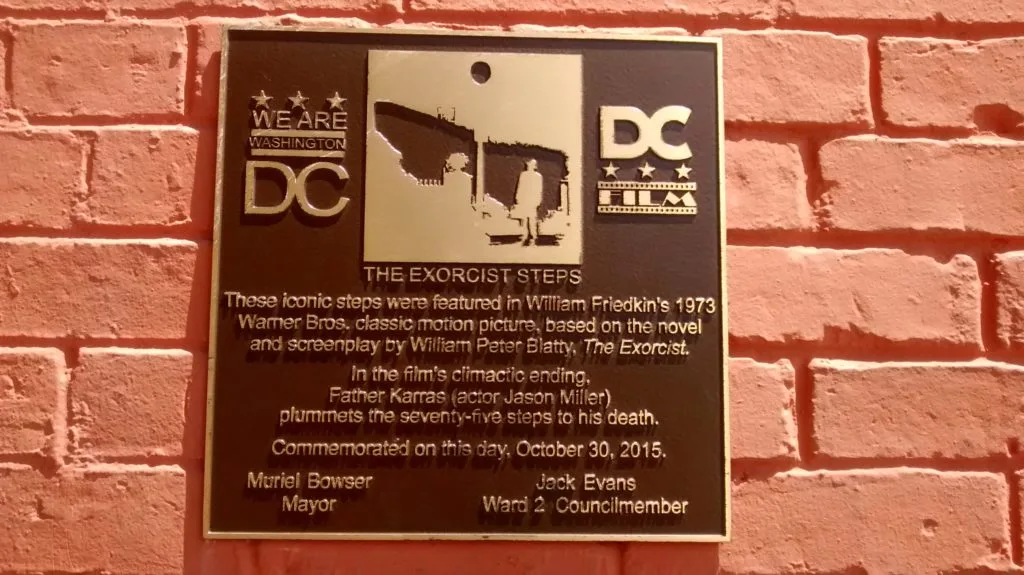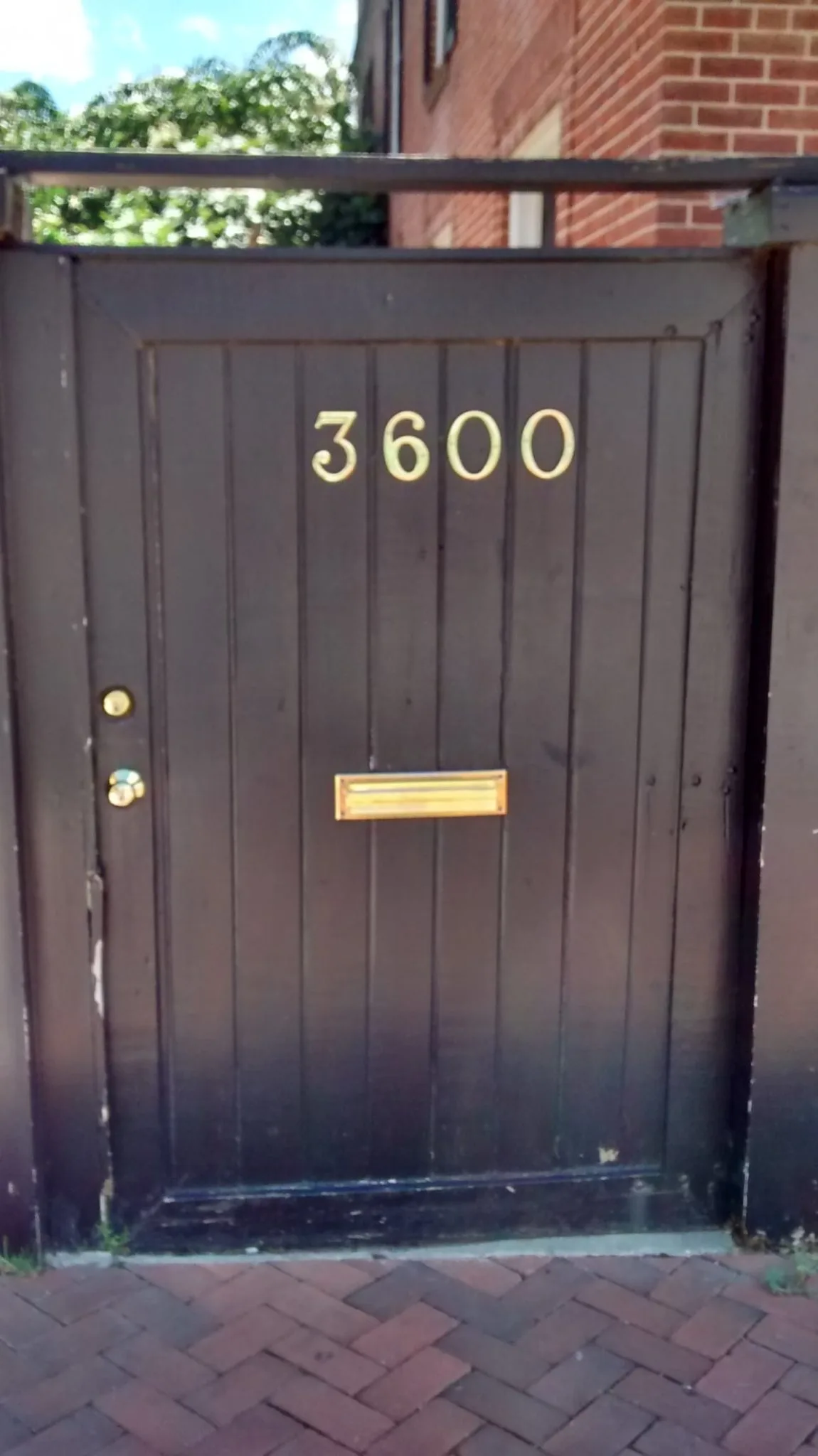By special guest contributor Marc Lissenburg
“What’s the scariest film you’ve ever seen?” It’s a query I am faced with on an alarmingly regular basis when folk learn of my fervent horror movie fanaticism. Despite the somewhat tedious probing, my enthused and instantaneous retort each time is – “THE EXORCIST!”
Now I accept one man’s ‘classic’ (Kermode) is another man’s ‘crap’ (LaVey) and, as such, have no intention of reigniting that particular debate with this article. I will, however, afford myself a little subjective self indulgence simply to convey the motivation for penning this piece.

My inaugural viewing as a teenager enticed me to understandably bask in the tremendously profane blasphemy on offer. Along with this, the notion that an innocent 12 year old girl being used as a mere vessel by Pazuzu implied possession could happen to anyone. The concept sent shrills down my pubescent spine. Then there was my ill-fated Catholic upbringing. The obnoxious nurturing ultimately accelerated my journey toward Satanic freedom, or at the very least, “faithless slime” as Regan so eloquently put it. Either way, it undoubtedly increased the potency of the movie’s vital religious element.
But it was the film’s location of Georgetown that fascinated me. Having family that reside in Washington DC, it seemed sacrilege not to make the unholy pilgrimage t0 the landmarks immortalised in Friedkin’s menacing picture. 31 years after my initial viewing, I finally trekked over the Potomac Bridge to what I consider the Mecca of horror locations….
Having a cousin that graduated in Georgetown as a personal tour guide certainly helped. I was in awe of her intricate knowledge of the area, yet openly chastised her for never watching the movie itself. The first thing that struck me about the district situated in the Northwest of Washington DC was an enthralling sense of historic charisma. Cobbled sidewalks complemented by processions of thriving trees dwelled harmoniously among antique constructions. The meld offered a unique balance of homely neighbourhood and enigmatic tradition.

The main arched entrance exemplified the grandiosity of the building by appearing to swell in size as I approached it. A scaling stone stairway ushered me to the inspiring Georgetown Seal mosaic floor motif which sat before the double door entrance.
Although not featured in the movie, the mythical significance of the design is such I felt it was worth mentioning. You see, legend has it that if you set foot on the seal, you will not graduate in 4 years’ time. Despite this alleged myth being completely irrelevant to a tourist such as me, something made me respectfully sidestep the section as I entered the illustrious building. This act, I was assured, is replicated by the mass of students who onerously side-step the design, even during rush hour!
A dissecting walk through the impressive Healy Hall led us to the tranquil setting that is known as the Dahlgren Quadrangle. Before us stood the Dahlgren Chapel of the Sacred Heart. Crowned on the University’s website as the “spiritual heart of the Georgetown community”, the Catholic chapel is in fact a century younger then the Campus that encircles it.
Despite ‘St Mikes’ (the place of worship’s appellation in the film) only being afforded a few seconds of screen time, I found its exterior instantly recognisable. Made up of lustrous brickwork housing the Celtic styled window arch that leads toward the solitary bell and crucifix at its summit, the location remains identical to its depiction on celluloid 44 years previously.

The somewhat garish 1970s chic of the chapel’s interior in the movies’ scenes where Father Karris conducts a Catholic mass, gives way to more traditionally serene surroundings in the present day. Absent is the crimson carpet that flowed toward the altar for example. The arched designs carved into wood took on a near luminescent glow behind the troubled priest in the film. Today however, possibly due to a few conservative coats of varnish, the wood takes on a darker, more subtle guise.
Just above these carved designs are a quintuple of stained glass windows. We only get a teasing glimpse showing the bottom edges of the in the movie’s aforesaid church scenes. It is very evident, though, that the embellished glasswork predictably remains respectfully identical today. Resisting Pazuzu’s attempts to guide my hand in the act of writing some profane demonic quote in the Chapel Book of Prayer Intentions, we took the short stroll to 3600 Prospect Street.

Watching the movie again recently, it’s notable just how little screen time the unwittingly sinister set of steps is given. The fatal climactic plummet of Father Karris naturally imbued them with notoriety. But it’s two other wonderfully photographed scenes that put the landmark in the limelight. Firstly, there is Lieutenant Kinderman’s inquisitive ascending gaze as he ponders Burke Denning’s ungodly demise. Then in the film’s closing frames, we witness Father Dyer’s solemn and regretful look downward.

I cautiously negotiated the flight of steps ensuring I suffered no such fate as the collared protagonist. The landmark was officially made a tourist attraction in a Halloween ceremony attended by creators William Peter Blatty and William Friedkin in 2015, an honour confirmed by the handsome plaque on the wall at the base.

I was previously a bit torn about horror locations. For every Oakley Court there is a site that has been renovated to the point of it being completely unrecognisable from the movie it originally featured in. But my Georgetown experience has certainly given me the bug. Next stop, southern Germany for all things Suspiria….!
